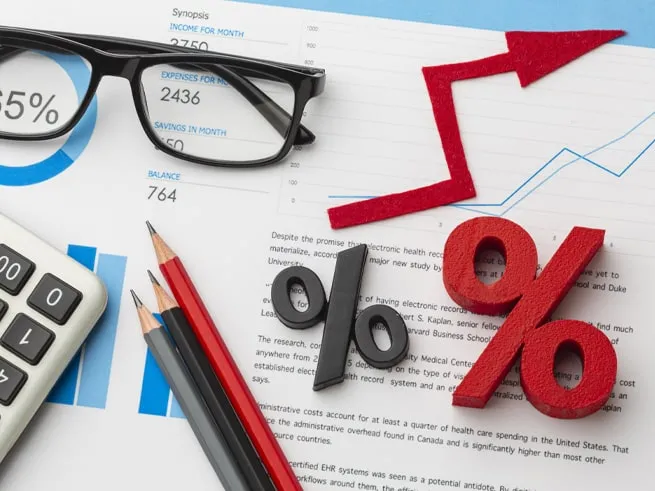Avoid confusion when encountering unfamiliar terms in an investor meeting. Knowing essential financial terms empowers you to manage your business finances with confidence. This guide equips you with knowledge of 25 essential financial terms essential for entrepreneurs and small business owners.
Table of Contents
25 Common Financial Terms to Know in 2024


Your business commonly issues invoices to customers detailing the amount owed. On balance sheets, Accounts receivable is recorded as an asset.

Amortization

Usually remitted on a monthly basis, these payments encompass both the incurred interest costs and the reduction of the loan balance.
In contrast, non-current assets are fixed assets. These take a longer time to be liquidated and include items such as property, machinery, and equipment.
Assets can be tangible, representing material items like cash or equipment, or intangible, signifying non-physical entities that still hold value. These include trademarks, patents, copyrights, and franchise agreements.


This financial statement presents assets on one side and liabilities along with shareholders’ equity on the other, ensuring that the sums on both sides are equivalent.
This financial statement presents assets on one side and liabilities along with shareholders’ equity on the other, ensuring that the sums on both sides are equivalent.

Budget

The purpose of a budget is to enable you to assess the balance between earnings and expenditures, facilitating informed financial decisions and future planning.


This statement evaluates solvency, indicating your organization’s capacity to settle its bills and expenses. Your business is deemed cash-flow positive when the inflow of money surpasses its outflow.




Financial entities, including banks and lenders, determine your credit scores by evaluating factors like payment history, length of credit history, and outstanding debts. A higher score enhances the likelihood of you obtaining favorable terms on loans or credit cards.


Serving as a crucial tool, the income statement aids in assessing your company’s revenue-generating capability and its potential for growth.


A common avenue for investment is the stock market, where people aim to increase their wealth. Additionally, you may invest in real estate properties or other assets that appreciate in value over time.


When seeking a loan, you have to furnish a lending institution with a rationale for the funds along with pertinent financial details, including your credit score and employment verification.
In certain cases, lenders may demand collateral, establishing an agreement that allows the lender to seize property in the event of non-repayment, commonly referred to as default.


You can ascertain your net worth by summing up the value of all your assets and deducting your debts from that total.


Taxes rates may fluctuate based on geographic location and the annual income of individuals or organizations.

Frequently Asked Questions
Finance is the discipline that encompasses the administration of money and involves various activities, including investing, borrowing, lending, budgeting, saving, and forecasting.
The fundamental financial terms comprise revenue, costs, profits and losses, the average rate of return, and break-even.
Familiarity with finance terms is crucial as it enables individuals to comprehend and oversee their personal financial well-being or the financial condition of a business. This understanding becomes particularly valuable when engaging with industry professionals like investors and accountants.
Grasping personal finance is essential for making prudent financial decisions and establishing a stable future. Essentially, personal finance revolves around the effective management of income, expenses, savings, and investments.
Financial literacy empowers individuals and businesses to make informed borrowing decisions, establish a favorable credit history, and steer clear of falling into debt traps.
Conclusion
As an entrepreneur or small business owner, your decision to run your own company probably driven by the more than the joy of creating and analyzing financial statements. Fortunately, our certified publish accountant provides assistance in the efficient management of your books.
Schedule a Free Consultation Today!

